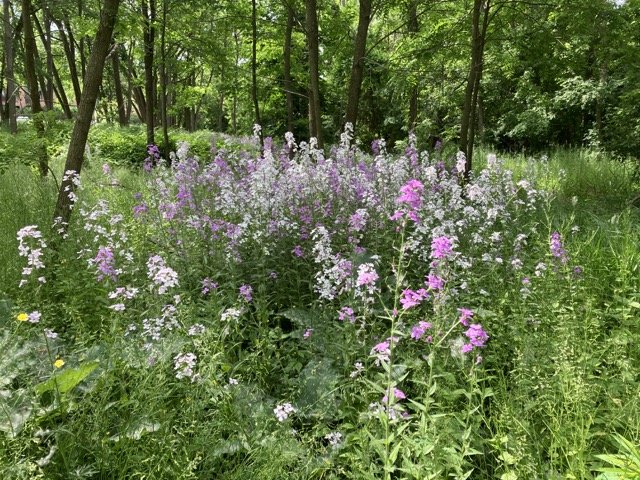Can the Barge Canal be permanently conserved as a wildland?
A comprehensive study of New England's forever wild forests makes a case to accelerate their protection.
A new study released on May 30, 2023 shows why we in New England can lead the effort to address the global crises of climate change, biodiversity loss, and the related threats to human health. The United States, which has joined the multi-national effort to conserve 30% of the Earth’s land and waters by 2030 (known as 30×30), relies on areas of the country that have the greatest potential for land conservation. New England has some of the most intact temperate forest on the planet.
The study, Wildlands in New England: Past, Present, and Future, provides a baseline and a path forward for policy makers, landowners, conservationists, and citizens to accelerate Wildlands conservation — permanently protecting the forests, wetlands, meadows and other areas from development and active management while allowing natural processes to unfold with minimal human interference.
Friends of the Barge Canal joined the webinar announcing the release of the study and realized that it gives scientific evidence to one of our main goals: “to protect and conserve the Barge Canal as a wild space”. It proves that wildlands offer numerous benefits that increase with time. These include sequestering and storing carbon, preserving wildlife habitats, supporting biodiversity and ecological complexity, providing clean air and water, and offering spaces for spiritual and physical renewal.
Wild places also have intrinsic value—they simply have a right to exist and thrive.
We have contacted Wildlands, Woodlands, Farmlands and Communities to ask if they can help us make the Barge Canal permanently conserved as a wildland area. This could be a fantastic collaboration!
For more information check out these links:
A comprehensive summary of the study’s insights and recommendations for New England;
An Interactive Wildlands Web Map that allows users to explore the location, size and ownership data for all New England Wildlands
An overview of the Wildlands, Woodlands, Farmlands and Communities organization https://wildlandsandwoodlands.org/vision/overview/



